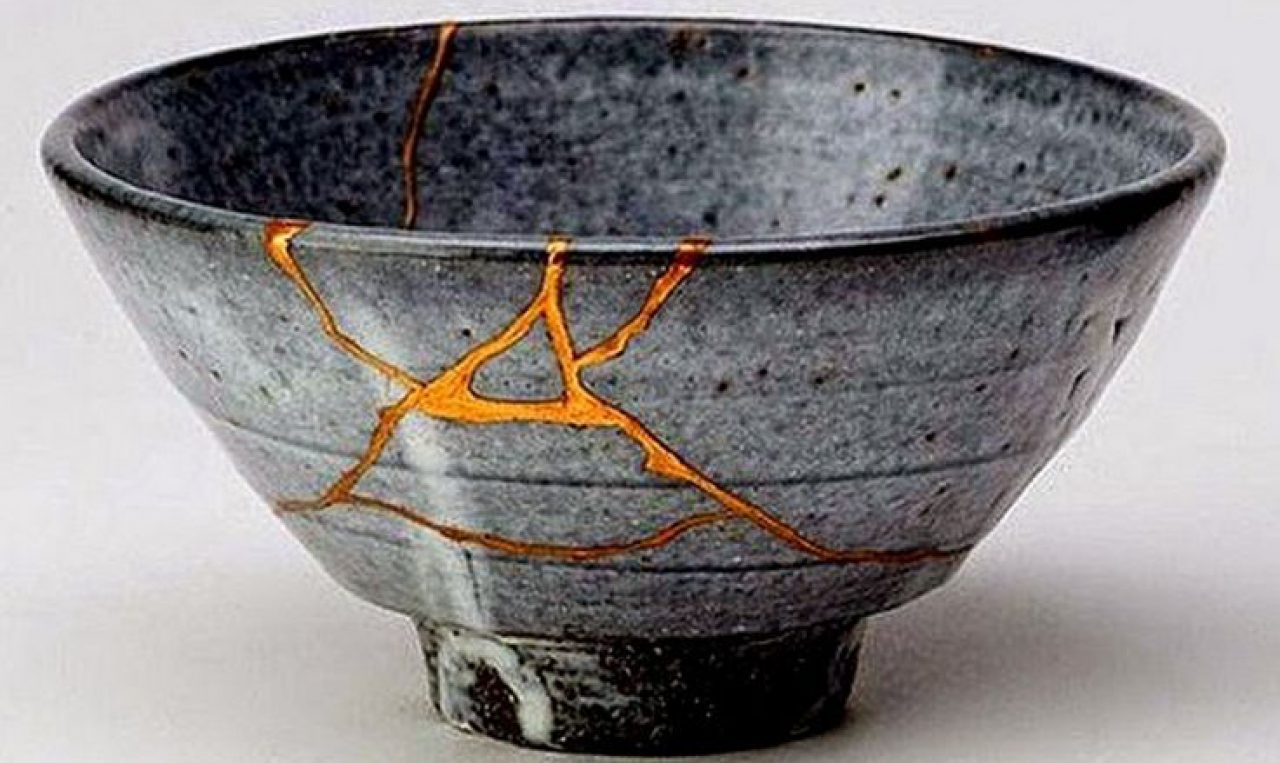As homo reparans we always feel the need to fix things. Whether it is mending a strained relationship, patching up a pair of jeans, or trying to cure our sick pet, we are almost always trying to fix things. Spelman explains that humans exhibit at least three kinds of impulses: our need and ability to create, destroy, and to repair. Spelman contrasts the ways that repair and creation are different, but points out a thought provoking parallel between the two.
“So much perhaps seems clear- but only if we refuse to notice all the deep fissures in the walls alleged to separate creation from repair. For one thing, a lot of repair work requires a great deal of creativity if its to be successful.” – Repair (page 128)
It had not occurred to me prior to reading this how much creativity repairs and restorations actually take. To have a successful repair most times the solution must be innovative to congeal the situation. Although sometimes repairers are not necessarily creating a new thing, concept, or relationship, the repairer must use their creative abilities to keep the thing, concept, or relationship at hand from going out of existence, or ceasing to work adequately again. Spelman highlights this concept by bringing up Willie the auto repairman and how he may not always be able to refer back to a manual when trying to fix a car.
Spelman goes on to make another thought provoking point about how the need for repair is not as drastic in our society. American society is very much an economic based society which means that new goods are needed and wanted more then repaired goods.
“Repair is at odds with the imperatives of a capitalist consumer economy except where the repairer needs new supplies to do her work or where new products or new services such as magazines, Web sites, or referral agencies can piggyback on the work of repair.” – Repair (page 136)
Spelman then elaborates that “repair is not about the new- it is by definition about the survival of the old”. Repairs are not about creating new objects or making progress but sustaining something or delaying the decay of something and figuring out how to continue on in the aftermath of the damage. Repairs are like a bandaid, its purpose is a temporary fix that will help in the long run.
I feel as if as humans we fail to realize how important the day-to-day repairs we do. As Spelman states we are “creatures who are inherently limited by the resources at our disposal, who are subject to the ever present possibility of failure and decay” we have come a long way with the use of “repair” against the odds against the human race.
